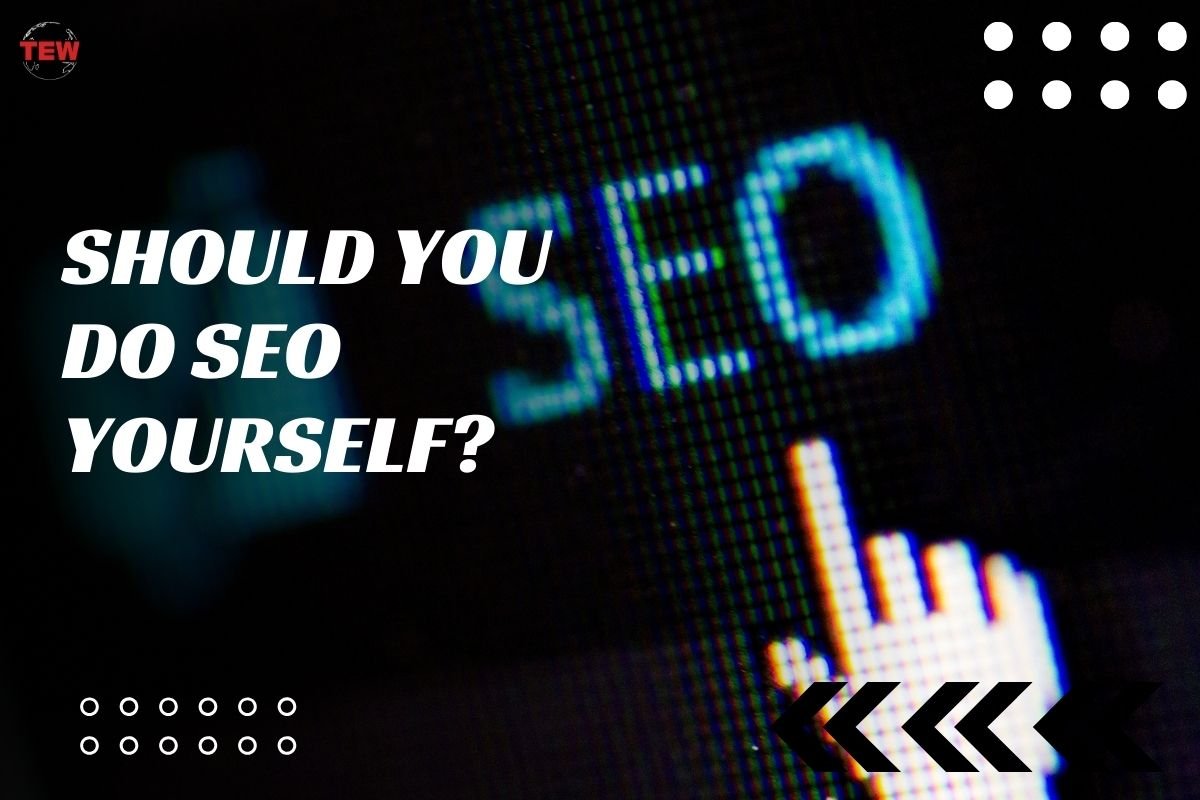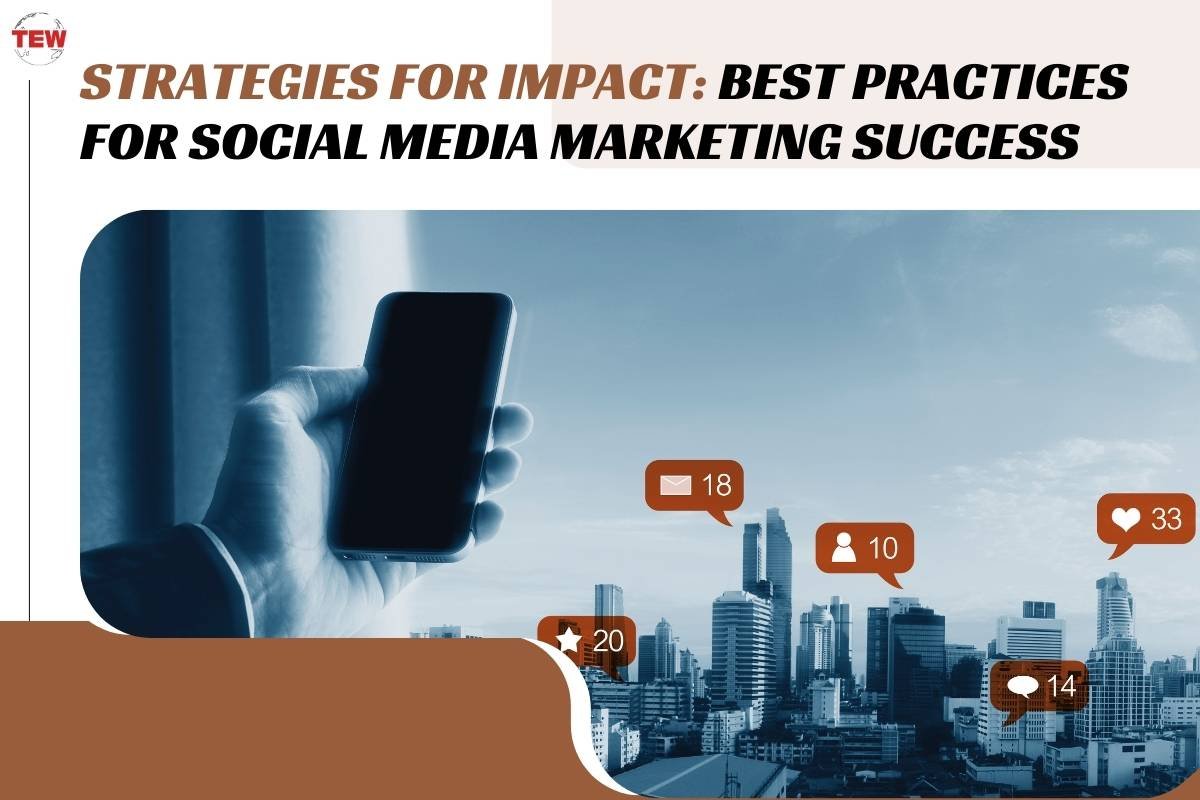The Shakeup of the Floral Industry in the Digital Age
The floral industry has traditionally been a delicate balance of time, labor, and resources. Quality flowers are expensive to grow and ship, so they can’t be sold cheaply.
But now, with advancements in technology and data analytics, it’s possible for florists to operate differently. Online stores provide customers with easy access to flowers any time of day or night, anywhere in the world, and agricultural technology is allowing flowers to be grown without damaging the environment. This also enables efficient and eco-friendly flower delivery calgary services, ensuring that customers can receive fresh blooms promptly and conveniently.
Here are some ways that the floral industry has changed in this digital era.
1. The Impact of Digitalization on the Floral Industry
One of the most notable changes is in the convenience of buying flowers. With local florists and major flower companies available at our fingertips, it’s easier than ever to send unique Valentine’s Day flowers to a loved one, or arrange for fresh flowers to be delivered weekly through a subscription service.
With all of these flowers available through the internet, you might be wondering how florists keep up with demand. And that’s a valid concern – in fact, there are certainly times when online florists aren’t available to meet the demand.
But the worst-case scenario is that a florist has to cancel an order and send a refund. Often, they’ll know their stock ahead of time, especially during holidays like Valentine’s Day and Mother’s Day, and will try to anticipate the demand as best as they can.
While the floral industry is seasonal, experiencing the most sales on the above-mentioned holidays, flowers are still a year-round business. For example, many companies send flowers to clients to celebrate a new partnership or to motivate employees and congratulate them for accomplishments.
So flowers aren’t always a romantic or personal gift, but can also be used as a way to celebrate loyal customers, send someone your well-wishes, cheer up a friend in the hospital – there’s really no shortage of reasons to send flowers, and e-commerce has made it easier than ever.
2. Agtech and Horticultural SSL
As the internet of things has infiltrated the floral industry, advancements in seed systems and precision agriculture have resulted in incredibly efficient flower-growing operations. Solid-state lighting technologies (SSL) have allowed florists to get more light into the growing areas, increasing plant growth and efficiency. LED lighting can be tuned to a specific wavelength to mimic sunlight, and increases light coverage by 2-3 times compared to traditional grow lights.
Floral Industry growers are now using software that tracks and monitors plant growth and changes, providing accurate statistics that have helped them predict growth cycles and predict demand. The data helps florists know how to quickly produce more flowers and sends an early warning of potential shortages.
Automation and robotics are also predicted to be increasingly used in farming, and we’ve got some previews of this in all of the great home automation technology, such as smart vacuum cleaners. So it very well may come to be that robotic arms are harvesting and wrapping your flower bouquets in the future.
So it’s not only the digitalization of flower sales having an impact but the digitalization of horticulture as well. We’ll continue to see improvements in technology and information management across the floral industry, which ultimately benefits the consumer as a whole.
3. Is there still room for local florist shops?
While it’s possible to purchase flowers online, many people still choose to visit a brick-and-mortar store to do so. Customers may want to take a look at the flowers, talk to the florist, and add personal touches to a bouquet or flower arrangement. For example, a customer might want a personal hand-written note and gift included with a flower delivery from a local boutique, which means they’ll actually go to the boutique.
Another consideration is that sending someone a bouquet of flowers isn’t always something you plan out. In many cases, a person may just be walking down the street, see a boutique’s arrangement of flowers on display behind a glass window, and decide to surprise their partner with a bouquet.
Flowers are also a “forgive me” gesture after a couple’s argument – you can’t exactly be waiting around for an online delivery to apologize, so you need to head down to the local florist for a dozen roses and a box of chocolates.
Conclusion
Overall, the digital revolution is here to stay, and I predict that we’ll see even more advances in how we interact with the digital flower industry over the next few years. Perhaps the most exciting developments, from a technological perspective, will be in agtech and genetic modification – imagine scientists being able to create flowers that look like roses, but smell like vanilla, or other unique creations.





